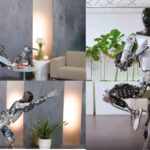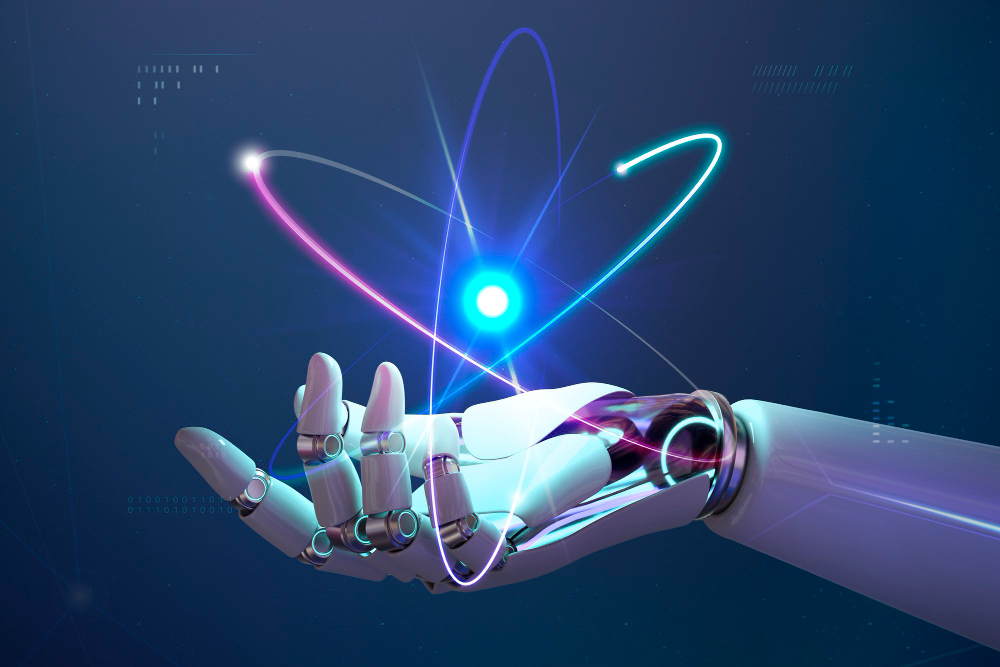
In recent years, advancements in technology and changes in societal norms have drastically transformed the way we live. As we move towards the future, it is natural to wonder what life will look like in the year 2050. Will we be living in a world filled with flying cars and robots? Will our daily routines be completely automated? In this blog post, we will take a closer look at the potential changes and developments that may shape our lives in 2050.
Technology has been advancing at an unprecedented rate in recent years, and it shows no signs of slowing down. From artificial intelligence to virtual reality, the possibilities seem endless. In this blog post, we will explore some bold predictions for the future of technology and how they could potentially shape our lives in the years to come.
Climate change is a pressing issue that affects every corner of the globe. As temperatures continue to rise and extreme weather events become more frequent, it is crucial to understand the predictions for the future of our planet. In this blog post, we will explore the latest scientific research and predictions regarding climate change. From rising sea levels to the impact on biodiversity, we will delve into the potential consequences and discuss the actions we can take to mitigate these effects.
The planet and our lives are both continually evolving. Through the years and millennia, such alterations have been remarkably subtle. The way of life 5000 years ago was quite similar to that of 4000 years ago. The majority of history and our reality are both like this. For hundreds or possibly thousands of years, not much changed.
Predictions for 2050?
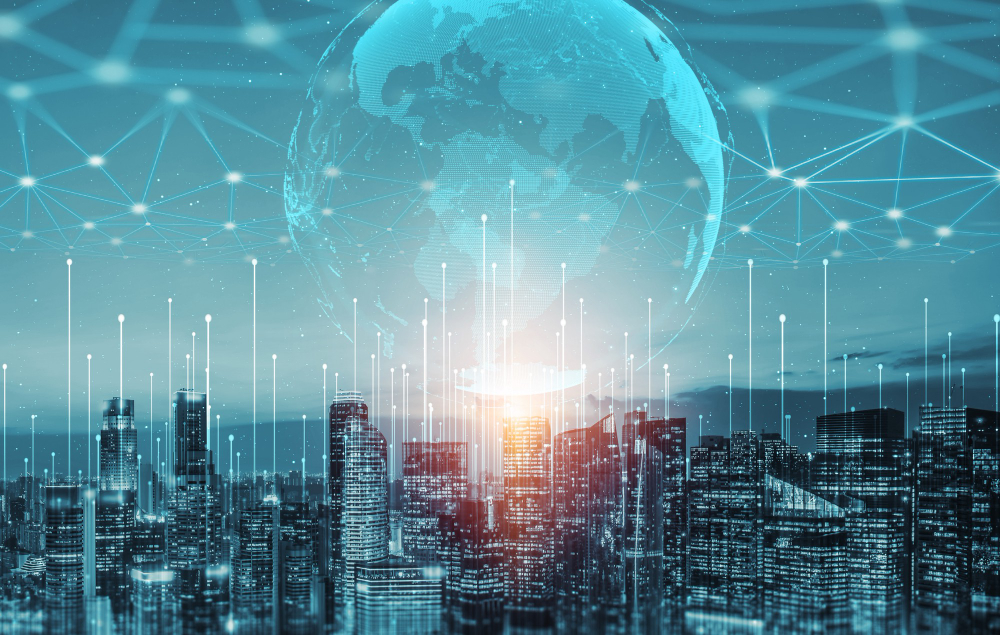
Okay, let’s start by taking a look at scientific forecasts in several domains. First, we will examine what can potentially occur as a result of population growth, demographic changes, and political and social upheaval.
After that, we’ll continue to speculate purely based on conjecture and fantasy.
Numerous facets of life, including transportation, healthcare, entertainment, education, and many more, will undergo radical transformation as a result of the continuous development of artificial intelligence, robots, and other technology. Drones and self-driving cars will become more prevalent, and virtual reality will change how we live our daily lives.
Let’s explore those in more detail, focusing particularly on artificial intelligence.
Artificial Intelligence
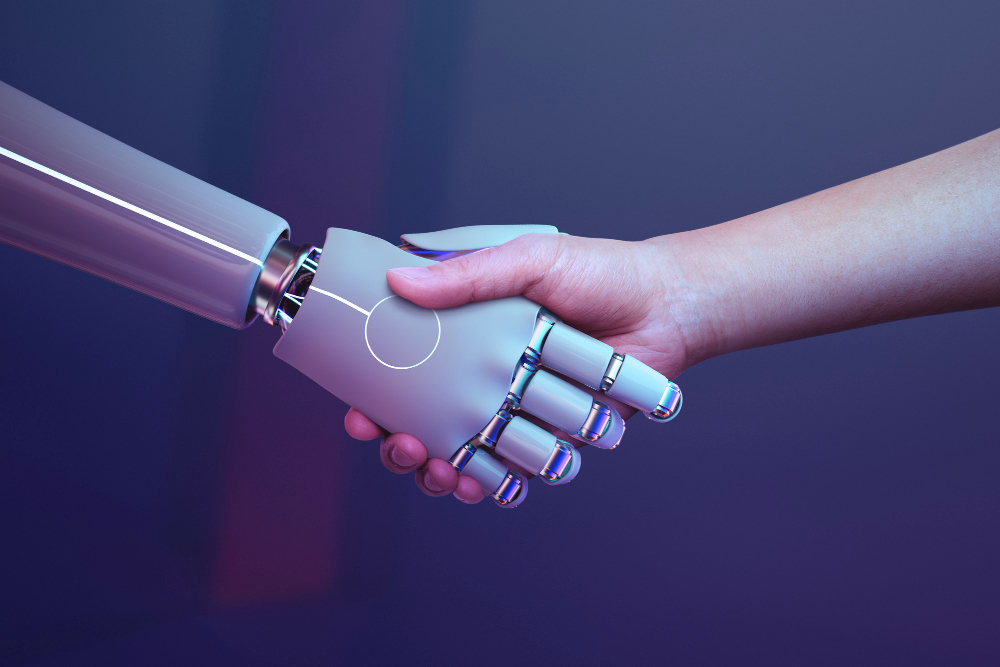
Everyone, especially today, is talking about the full transformation that artificial intelligence will bring about in our lives and the planet. We are already close to experiencing so-called artificial general intelligence, or AGI. Perhaps we have already arrived or are only a few months away.
Nearly all facets of our lives might be altered by general artificial intelligence. Our work, our communications, and even how we operate automobiles. even our romantic life, eh?
We’ve written several pieces about artificial intelligence and how it may change the world and how we live. Similarly, the conclusion is that the impact will be significant and not necessarily favorable.
Automation of Jobs:
This one is virtually certain to happen. It will occur. Numerous tasks presently carried out by humans will be automated by AI, which will result in job losses and profound changes to the labor market. It now relies on how affected individuals will requalify their abilities to stay in the labor market and provide for their families. Perhaps the introduction of universal basic income will help society overcome the issue. Perhaps society (or artificial intelligence) will set a limit amount of wealth per individual and divide money in that manner.

Healthcare:
AI will transform healthcare in 2050 by enhancing patient outcomes, diagnosis, and treatment. AI will undoubtedly be employed in the development of tailored medicine, the forecasting of disease epidemics, and surgical support. Additionally, virtual reality and mixed reality glasses are already utilized by students or in medical operations. This will also be employed increasingly, along with AI aid. Every hospital will most likely provide some sort of AI-assisted procedures. And some hospitals will likely be fully automated, with robots and AI performing 90% of the procedures.
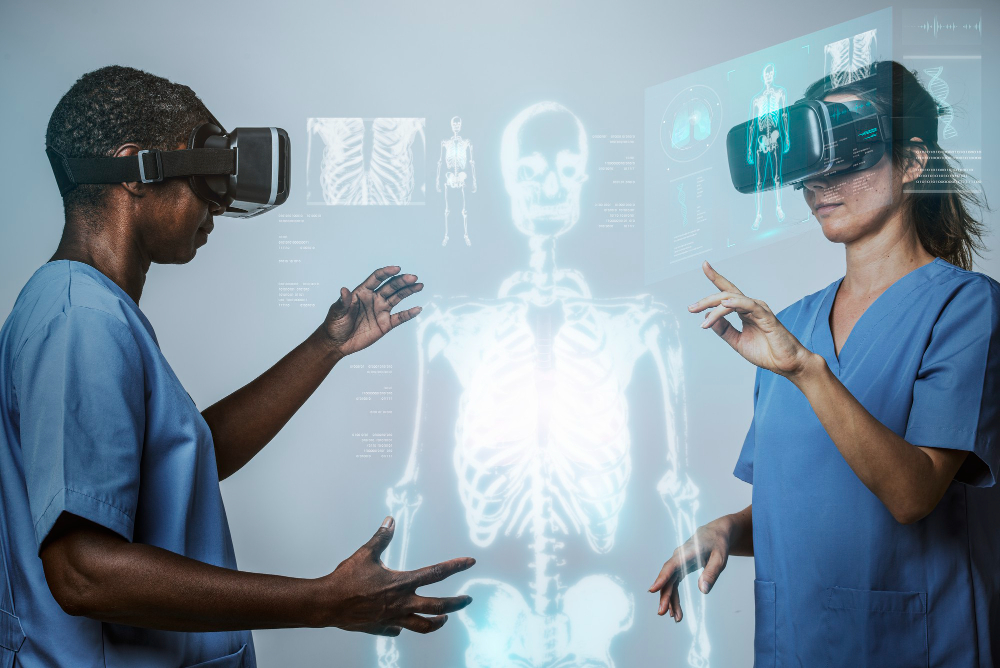
Transportation:
Self-driving vehicles, trucks, and drones will be made possible by AI by 2050, revolutionizing the transportation sector and enhancing efficiency, safety, and efficiency. Self-driving vehicles are undoubtedly going to increase safety, but there are also worries that they will make it harder for people to drive freely. Individuals may have monthly mileage caps on how many miles they drive, and if they go over that limit, AI will stop the car from going until the next month in conjunction with possibly new CO2 rules surrounding driving. Additionally, since AI is a program (which it is), there is a chance that it might be compromised, reprogramming car driving skills, which may result in fatalities and planned crashes on the road.
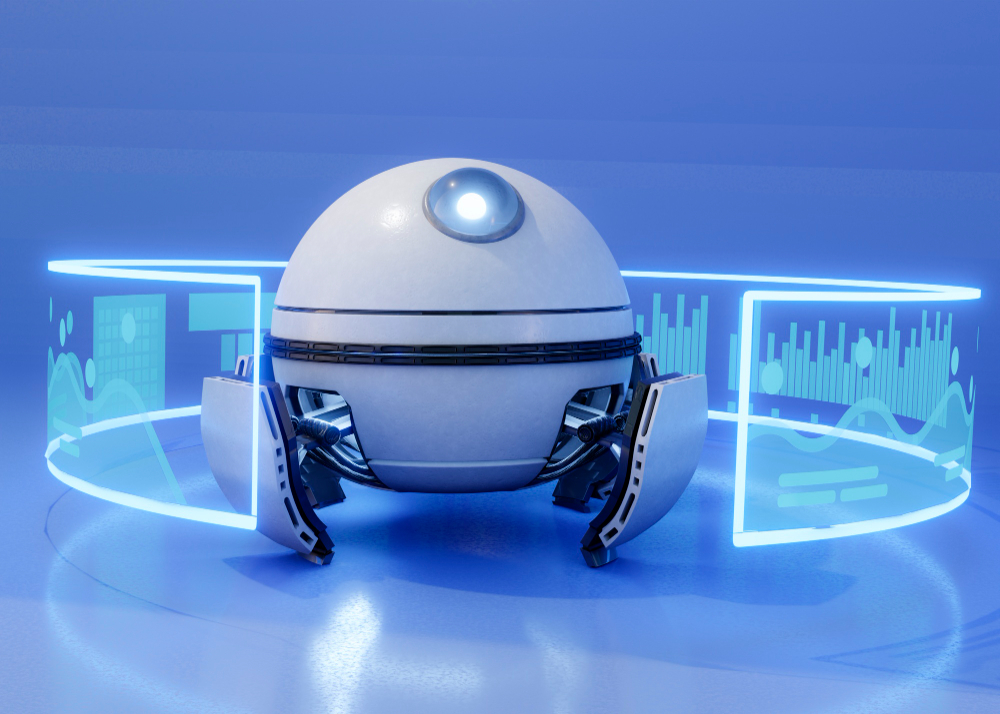
Education:
Personalized learning experiences, intelligent tutoring systems, automated grading, virtual learning environments, curriculum creation, education analytics, and many other things will be made possible by AI to improve education. Students may study at their speed with the use of AI-powered tools, which also offer quick feedback. AI, however, has the potential to fundamentally alter how (and what) we learn. We will be able to learn anything in a matter of minutes or even seconds if, by the year 2050, we have various clever chips connected to AI inside of our brains. That’s fantastic from one angle, but terrifying from another. Namely, some (wealthy) people will undoubtedly acquire this ground-breaking technology earlier than the ordinary Joe, meaning they will have much more opportunities for learning than others.
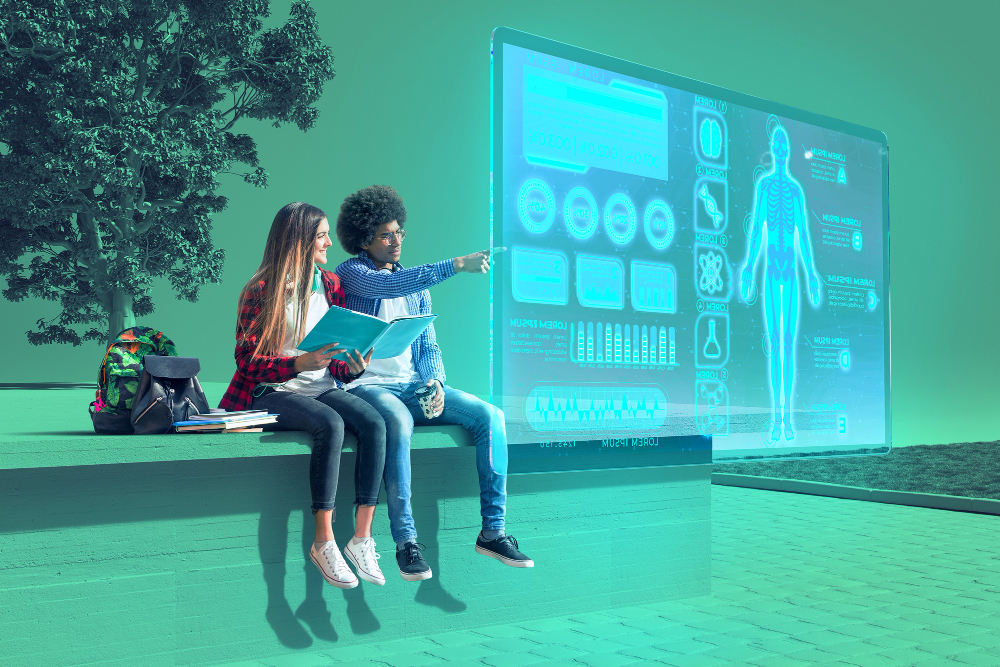
Finance:
By assisting with fraud detection, risk assessment, and portfolio management, AI might enhance financial services. Automating typical financial chores like customer service questions may be facilitated by AI. Actually, those applications already employ limited AI. By 2050, finance will apply AI in even more complex scenarios, such as:
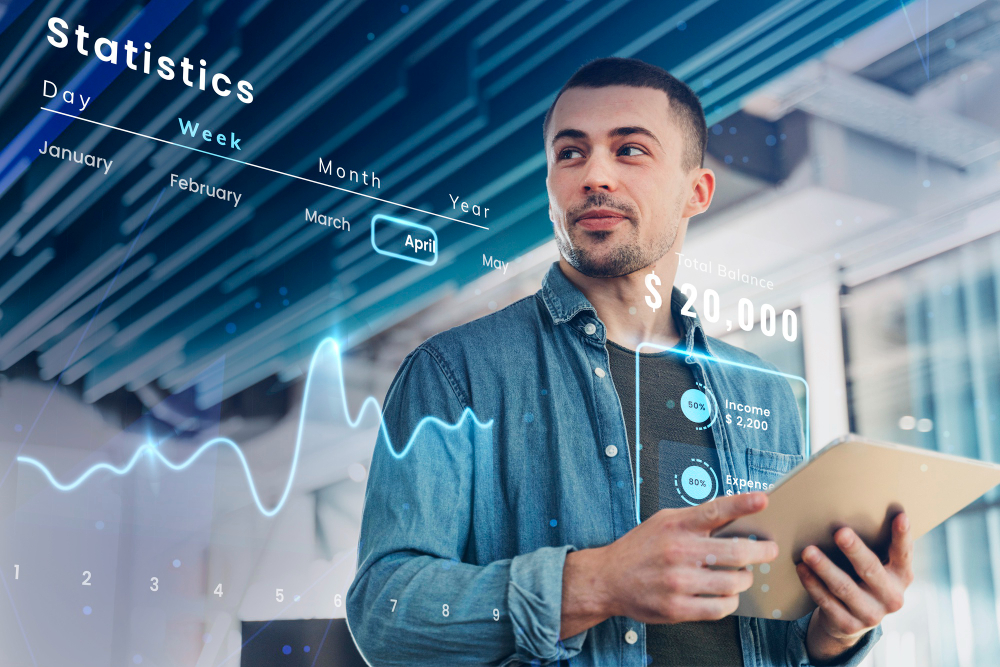
- Predictive Analytics: AI can forecast financial patterns in the future and identify prospective hazards and opportunities. Financial institutions may be able to make better judgments and perform better as a result of this.
- Natural Language Processing: Unstructured data, like news stories and social media messages, might be analyzed using AI-powered natural language processing to spot new trends and consumer moods.
- Sentiment Analysis: To forecast consumer behavior and market trends, AI may be used to evaluate sentiment data. Financial organizations may be able to better understand their clientele and tailor their marketing efforts as a result.
- Blockchain Analytics: Blockchain data analysis using AI may be used to spot probable fraud and dubious transactions. This could contribute to enhancing the security and openness of financial transactions based on blockchain technology.
- Quantum Computing: Financial decision-making might be made more quickly and accurately with the help of quantum computing by accelerating the processing of large volumes of financial data.
- Robo-Advisors:: Individuals may receive individualized financial advice and management services from AI-powered robo-advisors. This may enhance financial literacy and democratize access to investment management.
So, there will undoubtedly be significant changes in every sector of the economy and in every subject. But what about the general populace?
World Population and Demographics in 2050

The population of the globe is constantly increasing, as we indicated at the outset. particularly throughout the previous 200 years. In 1800, there were 1 billion of us; today there are almost 8 billion. The population of the globe doubled in just 50 years. In the 1960s, there were only 3 billion people on the planet; by 1975, that number had risen to almost 4 billion. a population increase of more than 1 billion in just 15 years. Growth has accelerated recently and will do so in the future. just not as quickly.
Specifically, population growth is sluggish, particularly in so-called industrialized nations. However, we may still anticipate a rise in population by 2050. The present global population of 7.6 billion people is predicted to increase to 8.6 billion in 2030, 9.8 billion in 2050, and 11.2 billion in 2100, according to research by the United Nations.
We thus anticipate an increase of 1.8 billion people by 2050. That’s not a lot, especially when compared to some earlier times. Different parts of the planet will experience more extreme shifts, though.
In terms of geographical patterns, Africa’s population is anticipated to rise at the fastest rate; according to UN estimates, the continent’s population may nearly quadruple by 2050. Meanwhile, low birth rates and an aging population are predicted to cause certain nations’ populations, notably those in Europe and East Asia, to drop. By 2050, these demographic changes will have a profound impact on matters like healthcare, economic growth, and social welfare.
Love life in 2050

First, let’s discuss our romantic relationships. Even though this area of our life is quite important, it seems to be changing significantly every year. By 2050, it will have changed much more. We can already see that individuals are not interacting with one another as often as they formerly did. Young people are utilizing dating apps to arrange brief “romantic” encounters, and an increasing number of them are not looking for committed partnerships of any type. The discrepancies between those who are attractive and those who are less fortunate in that regard increase as a result of this type of conduct. Therefore, the attractive folks receive all the attention while Joe, who is average-looking, is playing video games at home. In particular, The Washington Post published a graph in 2019 showing that 28% of males under 30 had no intercourse in the preceding year. This statistic represents a sharp increase in sexlessness among young men compared to earlier decades.
In 2050, this sexlessness will be much more obvious. For young people and global demography, it may cause a serious catastrophe.
Virtual reality in 2050
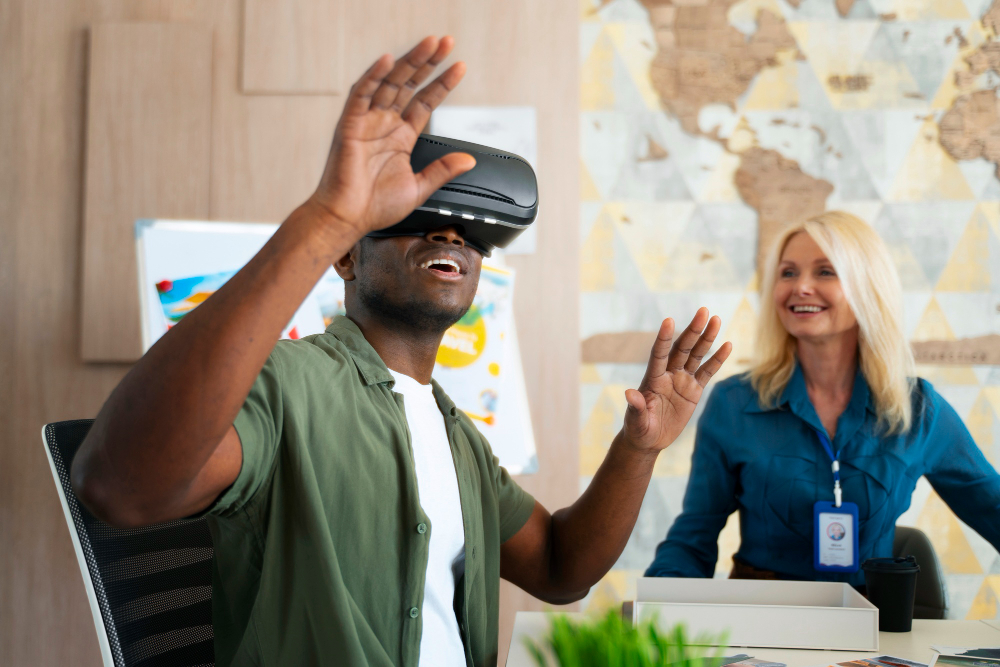
This subject has previously been briefly mentioned in this article. We’d want to dig a little bit more now.
The technologies for virtual reality, augmented reality, and mixed reality are all already in use. Technology is available but not generally used, whether we’re talking about Microsoft HoloLens, Oculus VR, or hundreds of other devices. mostly because there aren’t many real-world circumstances and because gadgets are still rather pricey.
However, this is about to alter. It seems evident that individuals will live more and more of their lives in the so-called virtual world as metaverse and rendering technologies progress.
Life routines in 2050

Joe goes to the restroom after waking up, taking a coffee and vitamin tablet (vegan, of course). He is acting in the same manner that others have done for millennia. He simultaneously chooses number 1 and number 2. From that angle, nothing altered. Toilets and sewerage systems mostly remained unchanged. The only change is that Joe now receives an instant diagnosis of his feces through his toilet’s digital display, which is now connected to the entire home. The technology quickly analyzes the feces, connects to the Health AI system, and gives Joe important health-related information. Most of the time, everything is OK, but occasionally the healthcare system errs and worries Joe by informing him that there is a high chance he has cancer.
The following thirty minutes are largely the same as they were for folks who lived thirty years ago. He uses dental floss. The only distinction is the similarity of his stool diagnostic method. In particular, contemporary toothbrushes in 2050 will be able to call your dentist and identify a few common dental issues. While Joe’s dentist is truly a person in this instance, there are several robot-dentist booths across the world where robots may treat minor dental issues.
Since Joe’s teeth are in good shape, he carries on with his day and prepares for work. Unsurprisingly, he works from home. Joe works constantly from home since he is a quantum data analyst. His business, MicroApple, has no physical locations.
Employment in 2050

The day continues, and Joe spends the majority of it in front of his computer. Only the sort of screen he uses sets him apart from modern IT employees. Joe’s home has embedded computing power, and he can display a screen wherever he wishes. And the majority of the time, he prefers to relax on his couch while projecting his screen over his head. He avoids overworking his body in this manner.
In 2050, a workday consists of four hours rather than eight. For Joe, at least, as well as the majority of regular laborers. Additionally, in 2050, the majority of people will be employed by IT or IT companies.
Joe therefore works for four hours before spending one or two hours playing with Lucy. Of course, Lucy is his mechanical love doll. Lucy never refuses. not ever. She is programmed that way, and Joe also has the expertise to change her programming to suit his needs.
He enjoys vaping after his “play” every time. Yes, vapes will still exist in 2050, but users will be able to make their vape juice that will offer any desired effect in place of nicotine.
Joe decided to use vape juice, which caused his serotonin levels to rise to almost dangerous levels. But he’s never unhappy. At least that’s what his head is telling him. Joe has one friend, and their three annual in-person interactions are all that occur. They mostly communicate over distance via virtual reality goggles and the metaverse.
Most of his day is now already finished. He got up, went to the bathroom, worked for a while, enjoyed some romance with Lucy, and now it was time for supper.


